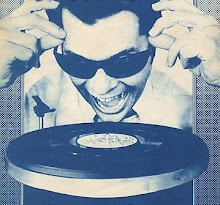LOUDER THAN LOVE—
The Grande Ballroom Story (Trailer)
LOUDER THAN LOVE is the story of the Grande Ballroom—birthplace of the Detroit rock music scene. Bands like MC5, Iggy & the Stooges, Ted Nugent & the Amboy Dukes, Alice Cooper and many more got their start here. The Grande not only influenced Michigan musicians but inspired bands from all over the U.S. and Europe. Legendary acts like Led Zeppelin, Cream, BB King, Janis Joplin, Pink Floyd and the Who graced the stage at the Grande on a regular basis.
(The last we heard, the producer is still seeking distribution funding for this film.)




